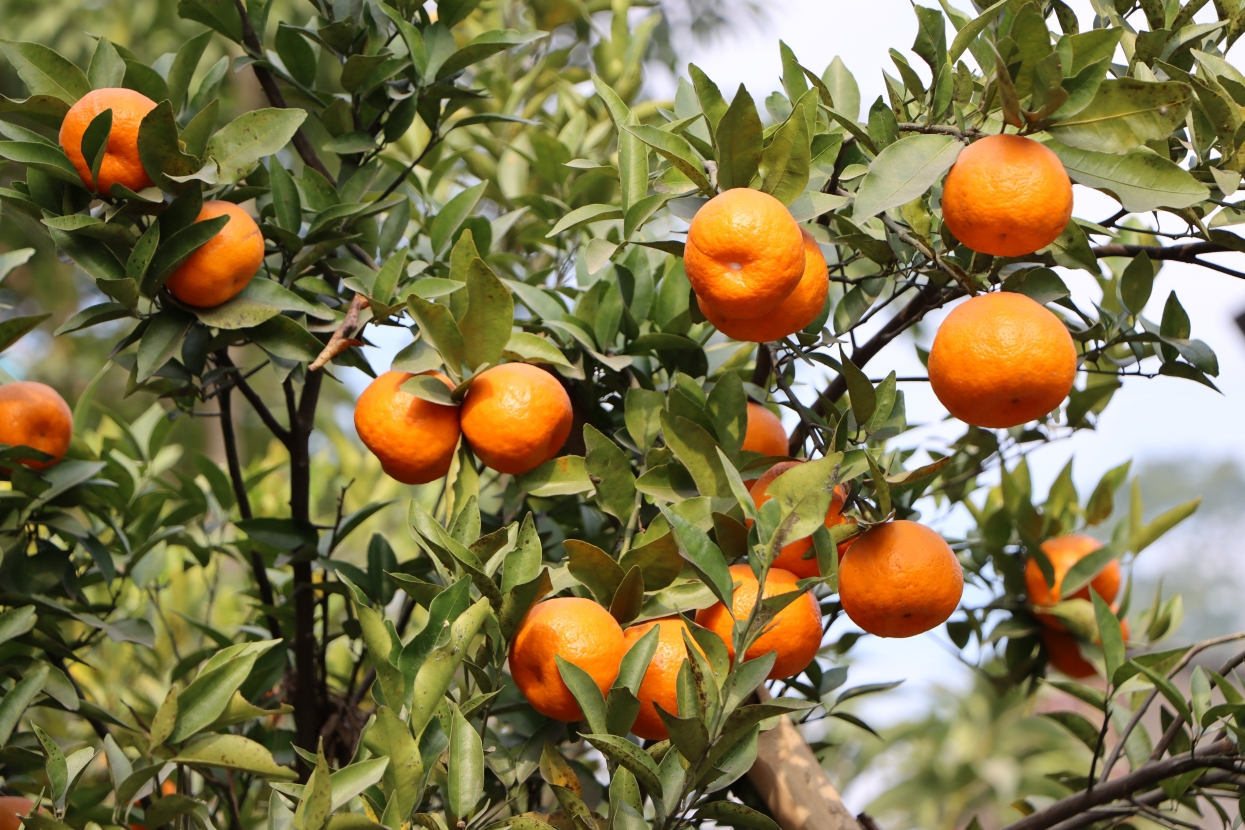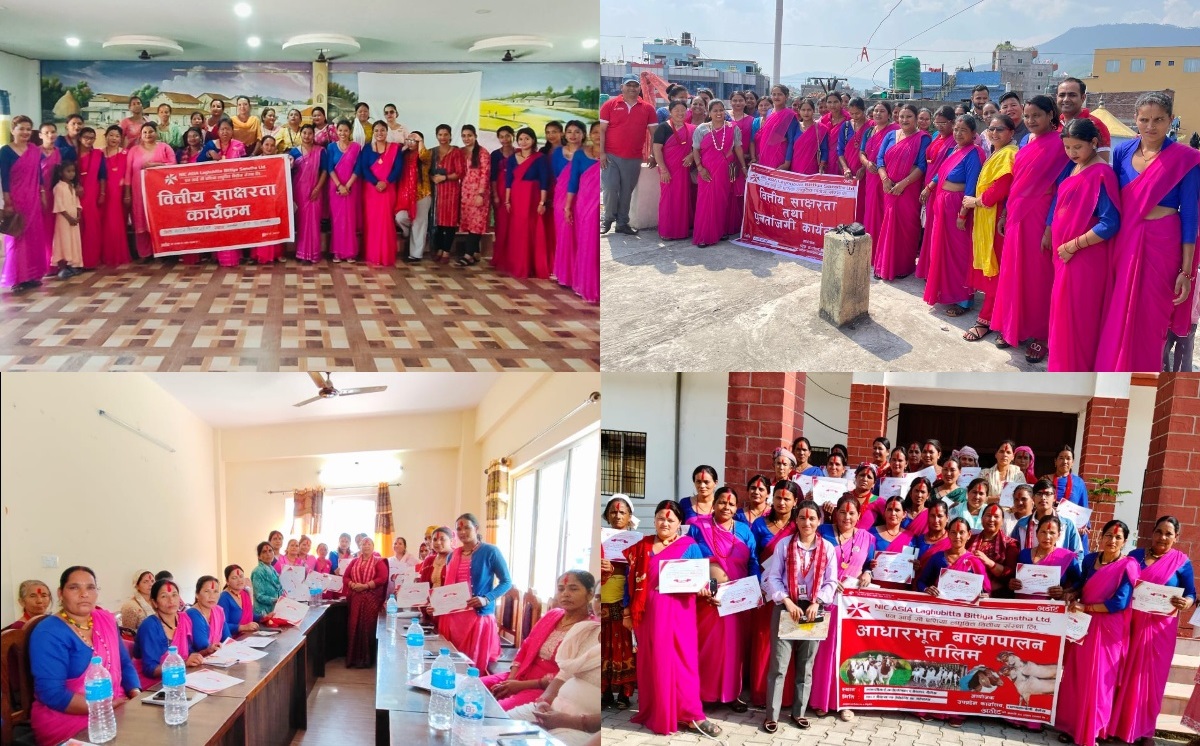Orange production declines in Kavrepalanchowk due to floods & landslides
The office had projected an output of 7,500 metric tons of oranges this year, but production has fallen short by around 500 metric tons.

KATHMANDU: Orange production in Kavrepalanchowk has seen a significant decline this year due to the devastating floods and landslides that occurred last October.
According to the District Agriculture Development Office, while orange production had been declining by 2% annually in previous years, this year, it has dropped by 6.7% due to extensive damage to orchards.
The office had projected an output of 7,500 metric tons of oranges this year, but production has fallen short by around 500 metric tons.
Extensive damage to orange orchards
Oranges are cultivated on approximately 1,300 hectares (30,000 ropanis) of land in the district. While the annual average production was around 7,000 metric tons, officials had estimated a rise to 7,500 metric tons this year based on the condition of orchards.
Despite the implementation of various orange improvement programs, the damage caused by the floods and landslides has led to a sharp decline in production. In previous years, diseases and pests had caused a steady 2% decline in output.
Economic impact on farmers
Statistics show that orange sales used to generate over Rs 400 million annually in Kavrepalanchowk. This year, however, farmers have suffered heavy losses.
Agriculture Office Chief Kul Prasad Dawadi stated that while farmers in some areas reported good yields, the destruction of orchards due to landslides significantly impacted overall production. In some places, entire orange farms were washed away.
Hard-hit pocket zones
The key orange-producing areas in the district include Panauti, Dhulikhel, and Namobuddha municipalities, along with Bethanchowk Rural Municipality. However, landslides severely affected Namobuddha, Bethanchowk, Sunthan, and Kushadevi, causing widespread damage to orchards.
According to Dawadi, the extent of damage is still being assessed. In Bethanchok-4, farmer Shankar Sanjel lost 100 out of his 150 orange trees, while Kanchi Koirala in Had Dol lost 50 out of her 300 trees planted on 25 ropanis of land. Similarly, Krishna Bahadur Lama lost 28 of his 112 orange trees due to landslides.
Local authorities report that floods and landslides have damaged orange plantations across 114 ropanis of land in the rural municipality.
In Namobuddha-9’s Danda village, farmer Prem Lama lost 17 out of 135 orange trees planted on five ropanis of land. Preliminary estimates suggest that out of the 13 hectares of orange plantations across Namobuddha’s wards 1, 2, 8, 9, 10, and 11, around six hectares have been damaged.
Government & agricultural interventions
To boost orange production, farmers had been participating in awareness campaigns and orange improvement programs since last year. These initiatives aimed to address common issues such as tree drying, declining fruit quality, and disease outbreaks.
As orange trees often become unproductive over time, farmers were trained on proper maintenance, including pruning, pest control, and soil treatment with lime and copper sulfate to revitalize old trees instead of cutting them down.
During field inspections, experts identified a micronutrient deficiency in Kavrepalanchowk’s orange orchards. In response, treatment was provided to aging trees, and affected farmers received pesticide sprays and protein-based supplements like “Protein-Bait” to reduce fruit drop.
Before treatment, around 20% of orange trees in the district were infested with fruit-boring insects, causing nearly 10% of the fruit to rot and fall prematurely.
Despite efforts to support farmers and revive orange production, the severe impact of last year’s floods and landslides has led to major setbacks, leaving farmers struggling with lower yields and reduced income.










